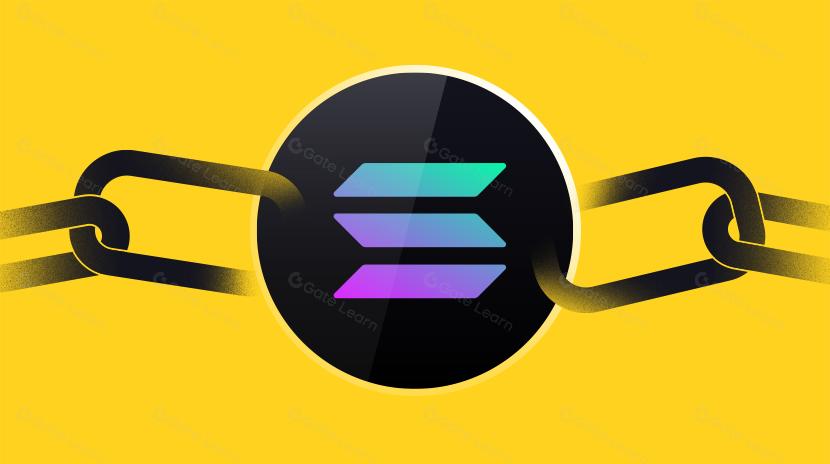btp meaning

BTP (Blockchain Transmission Protocol) is a cross-chain communication protocol designed to enable seamless interoperability between different blockchain networks. Initially developed by the ICON Foundation as a core component of their vision to build a blockchain internet, BTP allows for the free flow of value, data, and smart contract logic across different blockchain ecosystems without relying on centralized intermediaries, thus providing infrastructure support for use cases such as cross-chain DeFi applications, NFT transfers across chains, and multi-chain smart contract execution.
Background: Origin of BTP
The concept of the BTP protocol emerged from the need to address the "island effect" problem in the blockchain industry. As blockchain technology evolved, various independent blockchain networks such as Ethereum, Binance Smart Chain, and Polkadot formed their own ecosystems but lacked effective communication channels between them.
In 2018, the ICON Foundation first introduced the initial concept of BTP with the aim of creating a unified protocol standard that would enable different blockchains to connect with each other.
Over the years, BTP has evolved from a proof of concept to a fully functional cross-chain communication solution supporting interoperability across multiple mainstream blockchain networks.
Compared to earlier cross-chain solutions, BTP emphasizes security, degree of decentralization, and scalability, avoiding the single point of failure risks associated with centralized bridges.
Work Mechanism: How BTP Works
The BTP protocol enables cross-chain communication through the following core components and processes:
Relayers: Responsible for transmitting messages and data between different blockchain networks, verifying the validity of transactions, and ensuring the secure execution of cross-chain operations.
Validator Network: Composed of multiple independent nodes that collectively verify the legitimacy of cross-chain transactions, utilizing multi-signature mechanisms or threshold signature technology to ensure security.
Message Formatting Standards: BTP defines unified cross-chain message formats to ensure that different blockchain systems can understand and process received instructions.
Smart Contract Adaptation Layer: Specific smart contracts deployed on each connected blockchain that interpret and execute instructions from other chains.
The workflow typically includes:
- A user initiates a cross-chain operation on the source chain
- The BTP protocol encodes the operation into a standard message format
- Relayers transmit the message to the target chain
- The BTP contract on the target chain verifies and executes the corresponding operation
- Execution results are returned to the source chain via relayers, completing the cross-chain process
Risks and Challenges of BTP
Security Risks: As a bridge connecting different blockchains, BTP may become a target for hacker attacks. Historically, cross-chain bridges have been the focus of major security incidents resulting in significant financial losses.
Consensus Differences: Different blockchains employ different consensus mechanisms (such as PoW, PoS, etc.), which increases the complexity of BTP protocol design and implementation.
Latency Issues: Cross-chain operations involve confirmation processes across multiple blockchain networks, potentially leading to longer transaction confirmation times that affect user experience.
Scalability Limitations: As more blockchain networks connect, BTP needs to address scalability challenges to ensure the system can operate efficiently under high loads.
Regulatory Uncertainty: Cross-chain operations may involve regulatory requirements from different jurisdictions, increasing compliance challenges.
Technical Compatibility: Differences in the technical architecture and smart contract languages of various blockchains require additional adaptation layers to ensure compatibility.
BTP remains an evolving technological field, and these challenges are driving further optimization and improvement of the protocol.
The Blockchain Transmission Protocol (BTP) represents a significant milestone in the evolution of blockchain technology towards interconnectivity. In the current increasingly fragmented blockchain ecosystem, BTP offers a viable solution that enables different blockchain networks to work together, sharing value and data. By breaking down barriers between blockchains, BTP has the potential to significantly expand the functionality and scope of decentralized applications, pushing the entire industry forward. As the technology matures and security improves, BTP could become a key infrastructure component for future multi-chain ecosystems, paving the way for mainstream adoption of blockchain technology.
Share
Related Articles

The Future of Cross-Chain Bridges: Full-Chain Interoperability Becomes Inevitable, Liquidity Bridges Will Decline

Solana Need L2s And Appchains?
